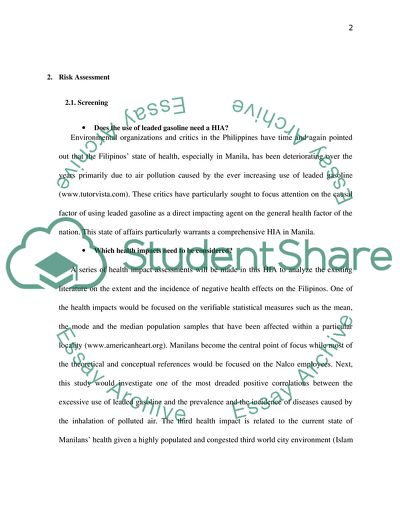Cite this document
(Practical Approach for Implementing a Health Impact Assessment Lab Report, n.d.)
Practical Approach for Implementing a Health Impact Assessment Lab Report. Retrieved from https://studentshare.org/health-sciences-medicine/1742326-practical-approach-for-implementing-a-hia
Practical Approach for Implementing a Health Impact Assessment Lab Report. Retrieved from https://studentshare.org/health-sciences-medicine/1742326-practical-approach-for-implementing-a-hia
(Practical Approach for Implementing a Health Impact Assessment Lab Report)
Practical Approach for Implementing a Health Impact Assessment Lab Report. https://studentshare.org/health-sciences-medicine/1742326-practical-approach-for-implementing-a-hia.
Practical Approach for Implementing a Health Impact Assessment Lab Report. https://studentshare.org/health-sciences-medicine/1742326-practical-approach-for-implementing-a-hia.
“Practical Approach for Implementing a Health Impact Assessment Lab Report”, n.d. https://studentshare.org/health-sciences-medicine/1742326-practical-approach-for-implementing-a-hia.


